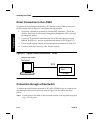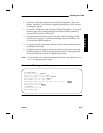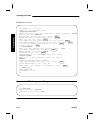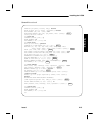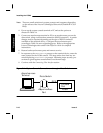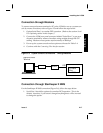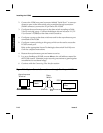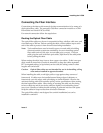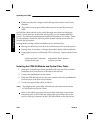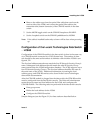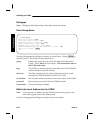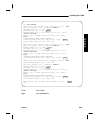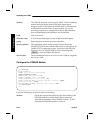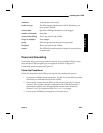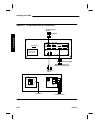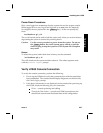
Hardware
Installing the LCS60
Cables are placed in a single conduit having not less than ¾-inch inner
diameter
The pull force on an optical fiber cable does not exceed 50 pounds per
cable.
Optical fiber cables should not be pulled through more than four 90-degree
bends, if more than four such bends are required, provide intermediate help
points. The minimum recommended conduit bend radius is 4-½ inches. Under
no circumstances should the cable be pulled around a sharp corner such as a
junction box connection.
Pulling tension during conduit installation can be minimized by:
Having the cable enter the end of the conduit nearest the curved sections.
Freeing ducts or conduits of foreign obstructions before cable installation.
Using approved polyvinylchloride (PVC) lubricants. Approved lubricants
are:
• Polywater A&C Lubricant • Hydralube Blue Lubricant
• Neutral soft soap • Talcum powder
Installing the CPM-HS Module and Optical Fiber Cable
1 . Slide the I/O distribution board (paddleboard) into one of the available
backplane slots from the rear of the data switch cabinet.
2 . Connect the paddleboard to the chassis.
3 . Slide the CPM-HS module into the same number slot as the paddleboard
from the front of the data switch cabinet.
4 . Connect the optical fiber cable as follows:
Note: The length of the optical fiber cable between the data switch and the
LCS60 should not exceed 2.9 km.
Remove the rubber caps from the optical fiber cable that runs from the
transmitter side of the LCS60 and connect the optical fiber cable to the
receiver side (top connector) of the CPM-HS module in the data switch.
2-20 Issue 3



